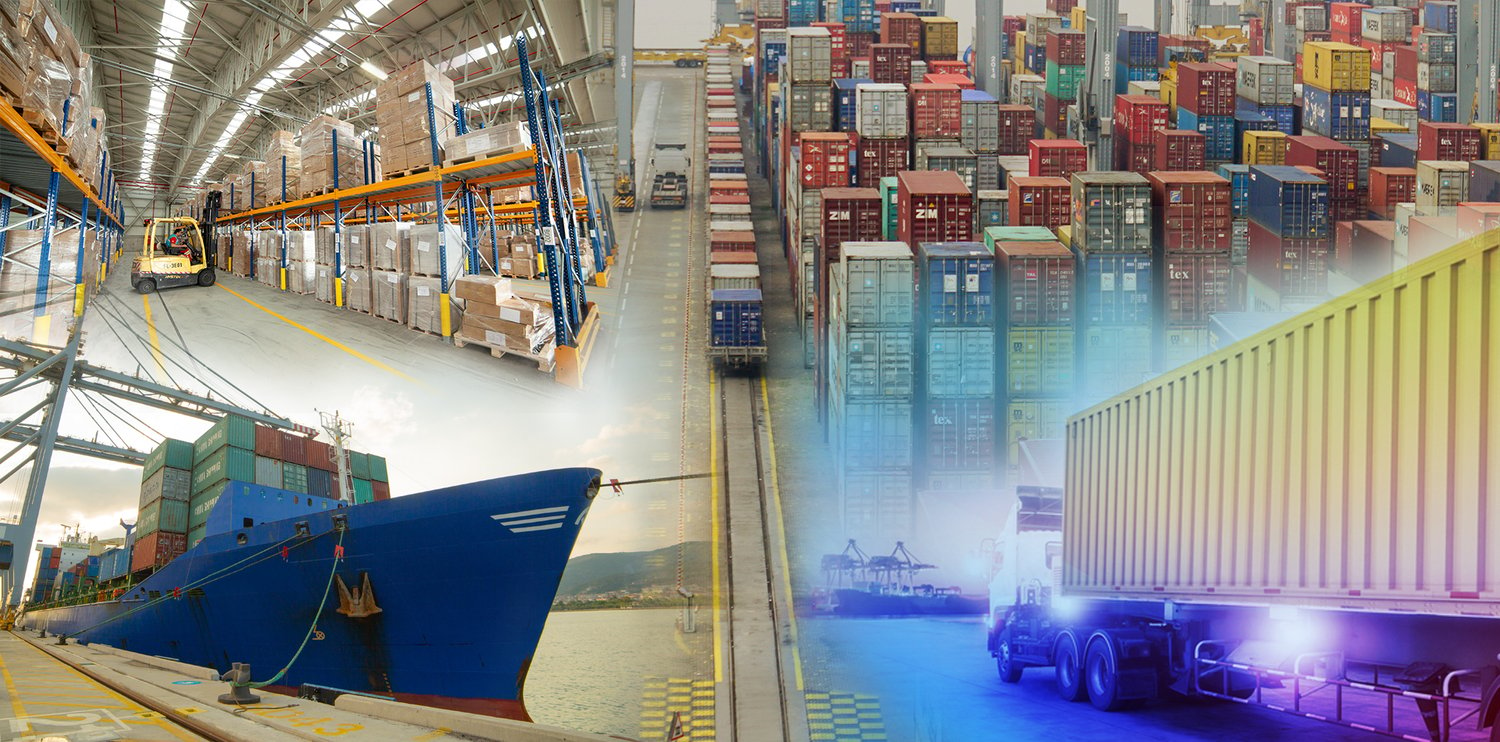HYBRID PORTS COMING
15 April 2021
International Association of Transport and Logistics Service Manufacturers (UTIKAD) published its logistics sector report for 2020. The halting and slowing of manufacturing activity in China has put unprecedented pressure on the China-focused global supply-demand balance, according to the report. In terms of raw material supply, while the demands of imported input needs and target markets can be predicted and planned due to the relatively smoothly functioning global supply chain of world economies, the uncertainty caused by the pandemic have made the supply chain, manufacturers, distributors, buyers, logistics service providers, warehouses, etc. its elements faced a difficult process to predict and plan.
WEIGHT AT 1 PERCENT
In the last 10-year period, sea transport has the largest share in both imports and exports based on the value of transported goods. Road Transport ranked second in Turkey's foreign trade transport by value. Among the types of transport, air transport ranked third in Turkey's foreign trade activities on the basis of value, while rail transport was the type of transport with the lowest share in Turkey's foreign trade. Sea transport is leading on the basis of weight as well as on the basis of value. The share of road transport in imports was about 4 percent after 2016. Rail transport has less than 1 percent share in both Turkey's imports and exports in the last 10-year period on a weight basis.
CONTACTLESS TRADING CAN CHANGE THE GAME
However, railway transport was relatively exempt from the restrictive measures taken for road border crossings and aircraft movements due to the pandemic. In the period from 2010 to the end of the third quarter of 2020, the share of rail transport in Turkey's foreign trade in value basis remained lower compared to the share of all other types of transport. Due to the pandemic, the share of rail freight transport, which is preferred in 2020 and allows “contactless trade” activities, has increased marginally. After 2012, the proportion of rail transport in import transport remained below 1 percent until the first three quarters of 2020; at the end of the first three quarters of 2020, it could rise again above 1 percent. Over the past 10 years, the share of rail transport in export transport has consistently remained below 1 percent. It was 0.54 percent in 2019 and rose to 0.80 percent at the end of the first three quarters of 2020. In the period from 2010 to the end of the third quarter of 2020, rail transport also had the lowest share in terms of weight.
DP WORLD BECAME A PIONEER IN TURKEY
Although rail lines have been established from Asia to Europe with the One Belt One Road project and trade is increasing through them, it seems that sea transport will continue its absolute weight in logistics for many years. Along with the Covid-19 epidemic, the increasing importance of contactless trade and railways also leads to the birth of synergy on the territory of Turkey. Port operators began to direct the flow of supply from the sea routes not only to the road but also to the railway which is entering the ports.
THE CONNECTION WAS ESTABLISHED TWO YEARS AGO
According to Kris Adams, CEO of DP World Yarımca, the automotive industry alone made up 14 percent of all rail transport. Toyota's Sakarya production facilities, 60 kilometers from the port, were also one of the busiest users of this service due to its location. The automotive giant made more than 12 percent of the total automotive load on the railway line with the finished products, parts and accessories it carried. Adams noted that customers like Toyota will continue to increase the combination of rail and sea, the most cost-effective and environmentally and friendly transport solution. Adams said: "We invested in rail connectivity in our port two years ago. For all producing companies in Anatolia, it is critical to bring the railway and the sea together. Thanks to the steps taken by private and public organizations like us in Turkey, we can provide an advantage in terms of speed and cost in both exports and imports. In addition, we can move loads to desired places in a more environmentally and friendly way.” Kris Adams also added that The combined use of rail and sea will become much more common in the global transport sector in the coming years."
